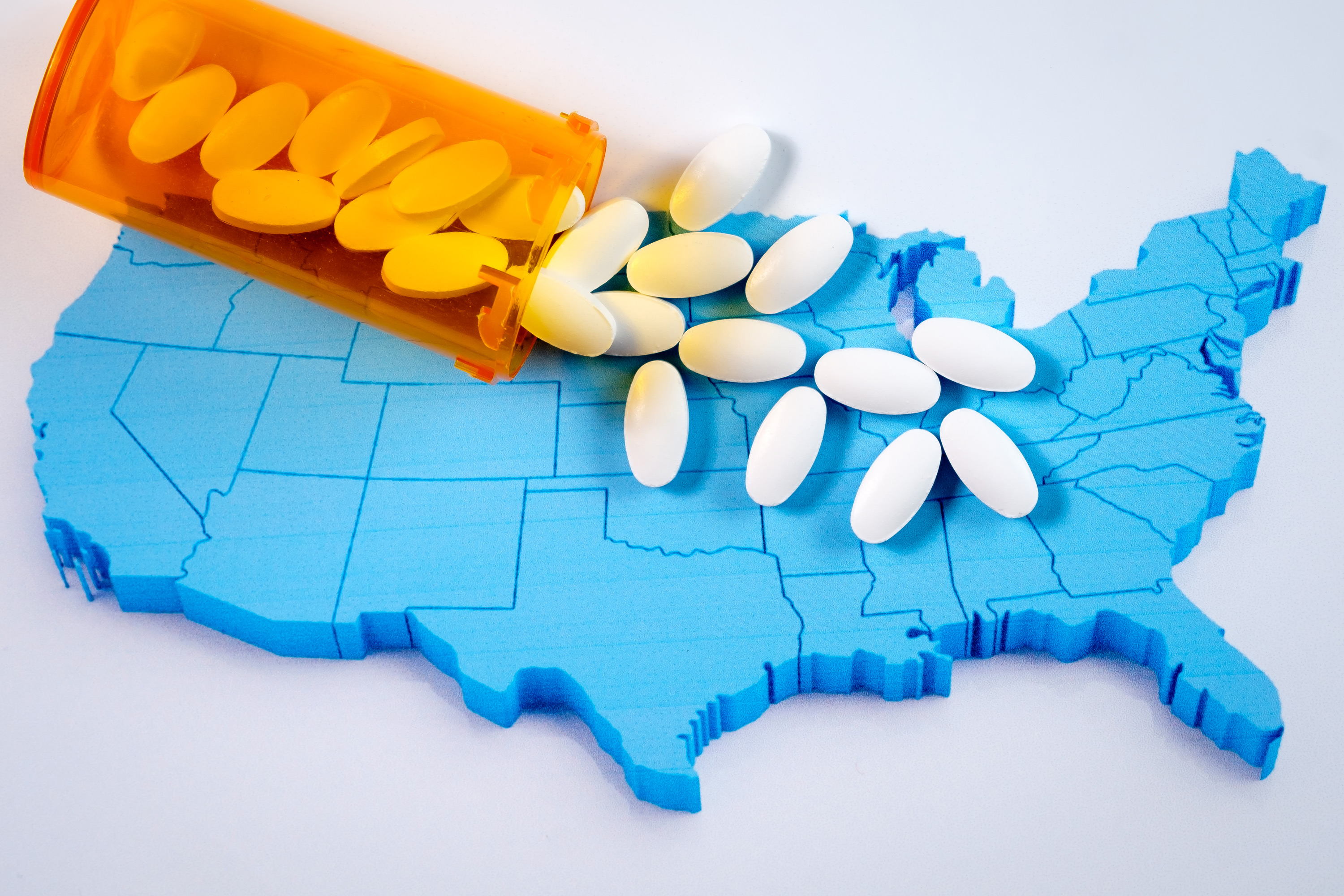 PROVIDENCE, R.I.[Brown University] — A large majority of people who use opioid drugs would be willing to use safe consumption spaces where they could obtain sterile syringes and have medical support in case of overdose, researchers at Brown University and the Johns Hopkins Bloomberg School of Public Health suggests.
PROVIDENCE, R.I.[Brown University] — A large majority of people who use opioid drugs would be willing to use safe consumption spaces where they could obtain sterile syringes and have medical support in case of overdose, researchers at Brown University and the Johns Hopkins Bloomberg School of Public Health suggests.
The research team surveyed more than 300 people who use heroin, fentanyl and illicit opioid pills in Baltimore, Boston and Providence, R.I. About 77 percent of participants reported a willingness to use safe consumption spaces, which have been set up and evaluated in countries such as Canada and Australia.
“This study is an important first step in exploration of safe consumption spaces in these three cities,” said Traci Green, an associate professor of emergency medicine and epidemiology at Brown University and Boston University and the study’s senior author. “Rigorous and measured scientific approaches to new innovations like safer consumption spaces can help inform policy and better equip public health responses to the opioid crisis.”
The findings were published on Wednesday, June 5, in the Journal of Urban Health.
Safe consumption spaces, also called safe injection facilities and overdose prevention sites, are a proven method to reduce the harms stemming from opioid use disorders, the study notes. They have been in use in countries outside the United States for more than 30 years. Studies of these facilities indicate that they greatly reduce overdose deaths and transmission of HIV and Hepatitis B and C viruses via needle-sharing. They also help keep users out of parks and other public places and offer good opportunities for steering users to treatment.
However, there are no legal safe consumption spaces in the U.S. due in part to a federal law that creates a serious criminal liability for anyone knowingly connected with a property for illegal drug use. Policymakers in Rhode Island and a few other states are pursuing legislation to make safe consumption spaces viable options for stemming the ongoing opioid overdose epidemic.
The researchers surveyed 326 people in Providence, Boston and Baltimore who said they had used opioids non-medically in the past 30 days. Of those surveyed, 68 percent of the Providence participants, 84 percent of the Boston participants and 78 percent of the Baltimore participants were willing to use a safe consumption space.
Willingness to use safe consumption spaces was even higher, at 84 percent, among people who primarily used opioids in public spaces such as streets, parks and abandoned buildings.
When the participants were asked about things that could hinder their use a safe consumption space, 38 percent stated a fear of arrest and 36 percent reported privacy concerns.
Of the people surveyed, almost 70 percent were homeless, and 60 percent reported habitually using drugs in public or semi-public places. More than a third reported having experienced an overdose in the past six months, and 73 percent reported recent use of a drug they suspected had contained fentanyl, a synthetic opioid that is much more potent than heroin and implicated in an increasing number of fatal overdoses.
“On the whole, we found a strong willingness to use safe consumption spaces,” said Ju Nyeong Park, an assistant scientist at Johns Hopkins Bloomberg School of Public Health and lead author of the study. “It’s encouraging because even though these are people engaging in very high-risk behaviors in very different contexts within these three cities, they were willing to use this harm-reduction intervention.”
In addition to Green and Park, other authors on the paper include Michelle McKenzie and Brandon Marshall from Brown University and Susan Sherman, Saba Rouhani, Kenneth Morales and Sean Allen from the Johns Hopkins Bloomberg School of Public Health.
The research was supported by the Bloomberg American Health Initiative as well as the National Institutes of Health (K01DA046234).